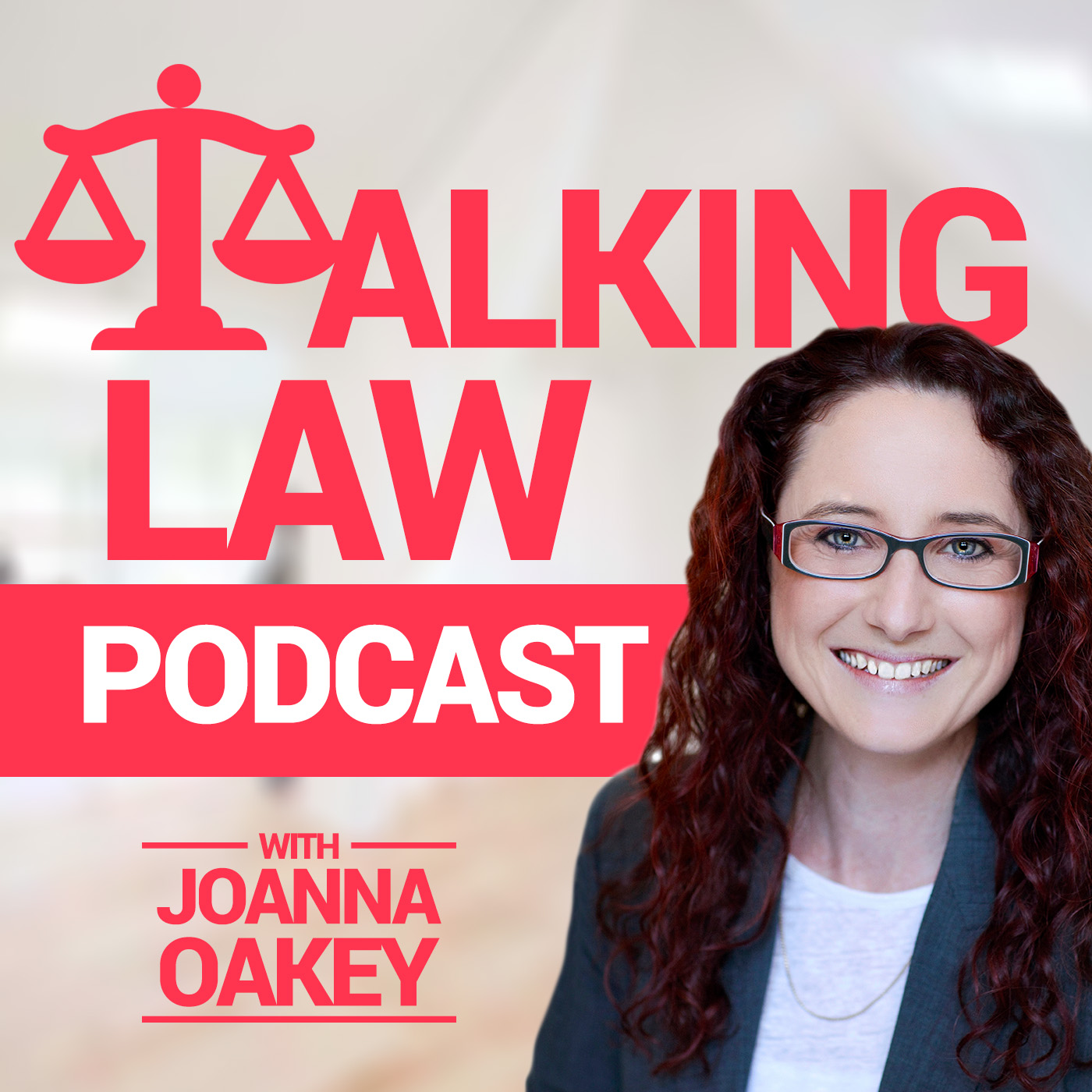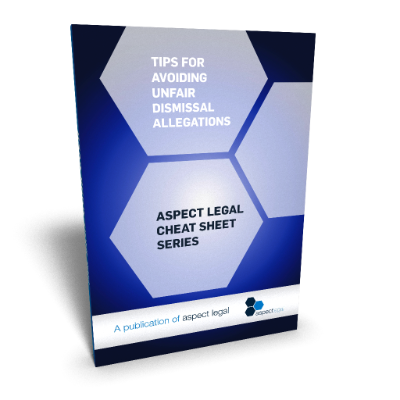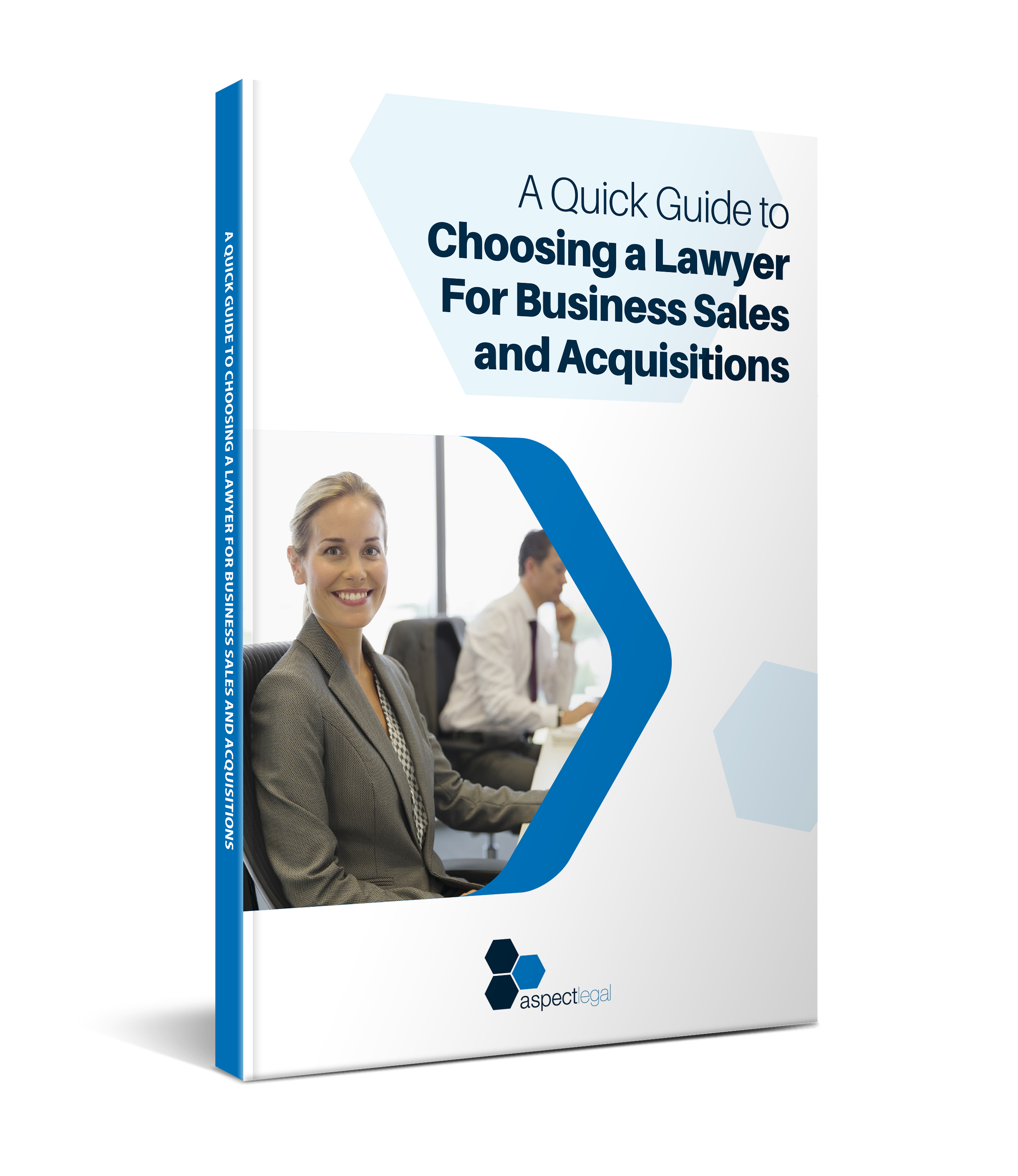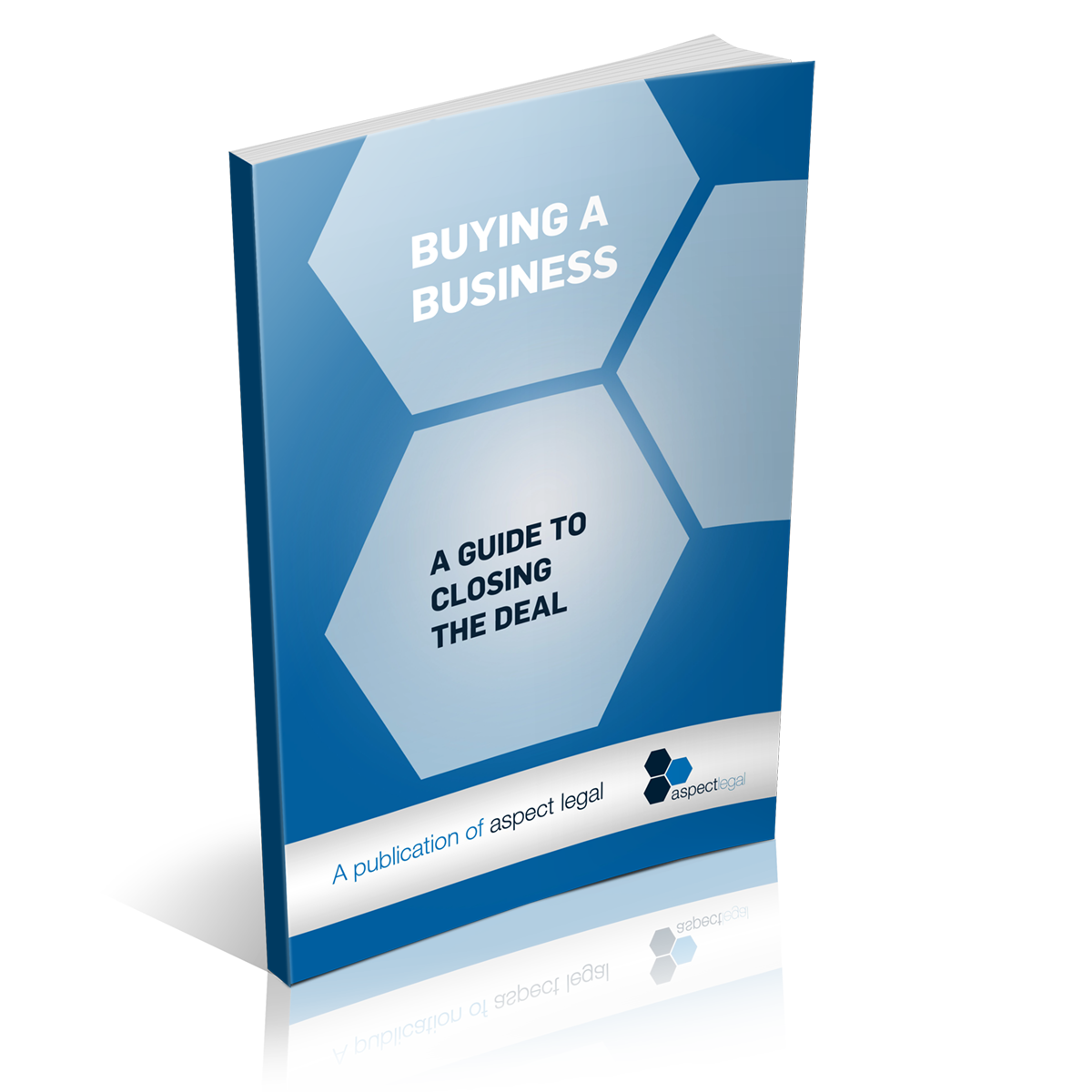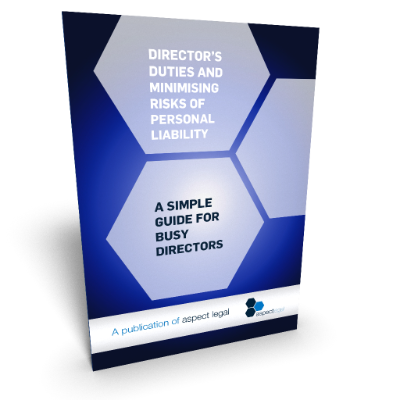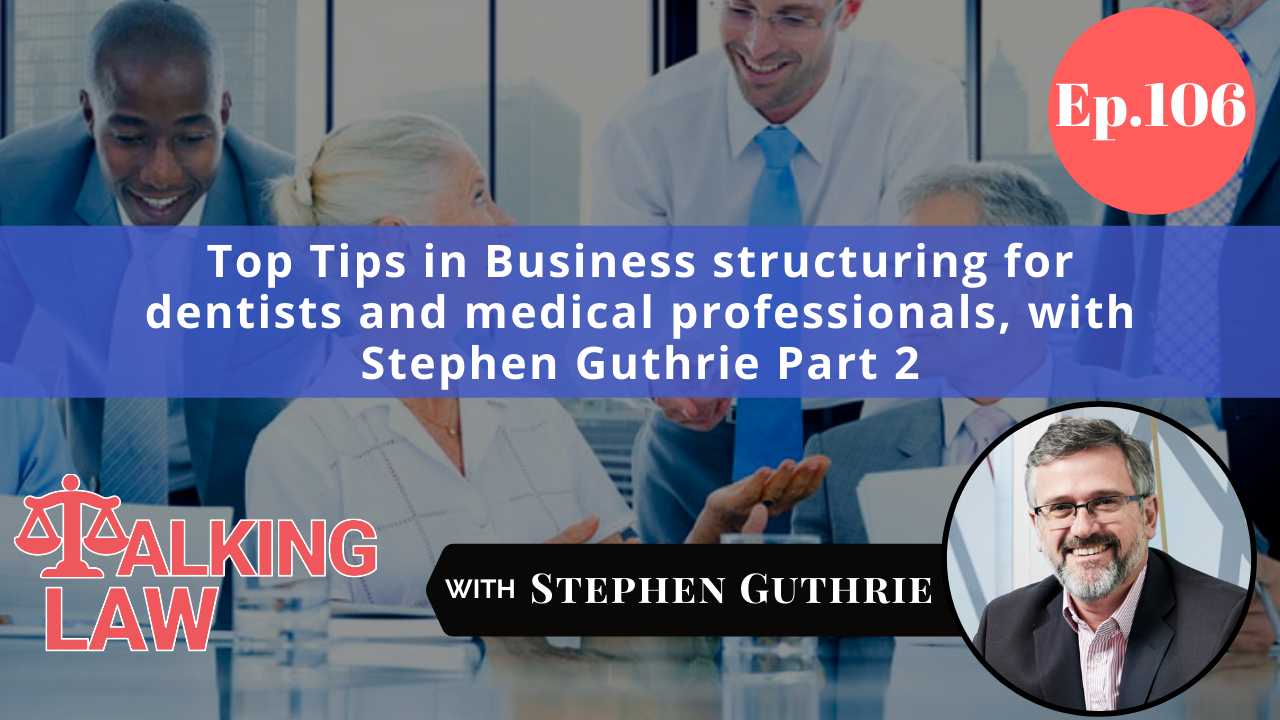
We welcome back Stephen Guthrie from Prosperity Advisers with more insight into business structuring for dentists and medical professionals. This topic is relevant for any business owner who wants to be across and understand structuring within their business.

Episode Highlights:
- Company structure common practice
- Using service entities to alleviate issues
- Understanding Family trusts and Unit trusts
- Problems that occur in Unit trusts
- Investment structures
- Investment structures explained
- A quick look at premises ownership
Welcome back to top tips in business structuring for dentists and medical professionals. In this episode, we continue our discussion with Stephen Guthrie, Director of Business Services and Taxation at Prosperity Advisers who manages a team of professionals delivering business advisory, taxation, corporate assurance, and financial services. Stephen leads Prosperity’s Health Advisory practice and provides advice to Medical and Allied Health professionals and their practices. Today we look further at Family and Unit trusts and the problems that can arise and we discuss investment structures and premises ownership.
Connect with Stephen Guthrie
Relevant Episode
Are you enjoying the podcast? Listen to the episode here and leave us a review:
Transcript below!
Note: This has been automatically transcribed so will be full of errors! We are not providing it to you as a word-perfect version of the podcast but just as an easy way to provide you with a different way to be able to see or scan what kind of information that might be relevant to you if you are the kind of person that likes a transcript.
Joanna: Hi, it’s Joanna Oakey here and welcome back to Talking Law a podcast proudly brought to you by a commercial legal practice Aspect Legal. Now, today we are at Part Two in our two-part series all about the top tips in business structuring for dentists and medical professionals and of course we have on board to talk us through this area is Stephen Guthrie from Prosperity Advisers. Now Stephen has more than 20 years experience providing strategic business advice and taxation services to his clients.
He is a director in the business services and taxation division in Prosperity’s Sydney office and he also leads Prosperity’s Health Advisory practice and specializes in providing advice to medical and allied health professionals and their practices. And so today of course, we round off this two-part series we get deep into business structuring tips, the dentist and medical professionals and even though we’re talking specifically about dentists and medical professions, this episode and part one in this two-part series, which you should go back and have a listen to if you haven’t already listened to it is really just as relevant for any business owner who wants to be across and to understand structuring within their business. It can be a bit A thorny topic, it can be one of those areas that we see business owners just have their eyes glaze over when they’re talking about, as Stephen and I discussed, but it really is one of those areas that can make a massive difference, not just to how you can deal with income and asset protection during the life of your business, but also that really important question about taxation at the exit. So we covered some of those initial elements in part one, and in part two, we’re getting deeper into investment structures and options for premises ownership. So here we go.
Joanna: Alright, so let’s talk about some common practice structures, and which might be appropriate for each different type of business or practice. All right, so let’s start with companies. Perhaps why companies attract to you when are they best used when are they best not used?
Stephen: Short companies are very attractive because of the corporate tax rate, which in Australia has been dropping and is still and will still drop further over the next few years. So, companies currently paying 27 and a half percent tax. And that’ll drop down to 25. If they’re, you know, many medical professionals turning over the kind of income that keeps them at the 30% tax rate. Having said that, it’s really important to understand that unless the profit stays forever inside the company, they’re going to emerge at some point, by way of a distribution to the owners, at which point they will still be taxed to pay on that distribution. So the lower corporate tax rate is really just to defer or process until all the profits emerge to someone individuals hands so that can be really attractive in instances where use an example I’ve got a collection of allied health professionals who have come together and set up a business.
They had a reasonably high startup debt to fund the fit-out and to fund the acquisition of the practice. So if they set up in a company, which is what we ended up doing for them, they didn’t have any personal services income issues, so we didn’t have to worry about that they were going to be able to pay tax in the company at 27 and a half percent, that would leave them 72 and a half percent of the net profit leftover inside the structure out of which to pay back their bank debt compared to running through a trust structure where all the profits get taxed to the individuals and all that’s left is you know, after they’ve paid the 47% personal tax, right, they’ve got less after-tax money left over to pay back their bank debt. So companies can be quite useful as a mechanism to fast track your debt repayments. Obviously, at some point that doesn’t, you know, you’ve reached the point where you’ve paid off your debt, at which point you’re probably looking to extract some of that money, it will come out as a dividend and they’ll be top-up text to pay potentially. So that I guess that’s why companies tend to be attractive.
They pay tax on their own Right, you don’t pay tax on the profits of the shareholder level until the money comes out. The flip side, of course, is that companies are highly regulated. And if you’ve got an owner who thinks of the company money as their own money and they keep on dipping their hand into the company bank account and taking money out, then that’s going to give rise to a loan account which may need to be managed. There are provisions called Division 7a, which deal with shareholder loans, companies tend to be a bit more regulated and need to be well managed in order to actually get any of the benefits of the lower tax rate. So Flipside to lower tax rate is perhaps higher regulation.
Joanna: And higher regulation and perhaps the points being used appropriately, as you were talking about before, if you know if the income is all coming from one source or whatever, sole traders, then what it’s interesting that there are still quite a few professionals using this approach, but maybe give us your ideas on it.
Stephen: So, quite often at the start of the journey as a practitioner, whether it’s a medical or dental, an individual will start out as a sole trader, they move out of kind of a salaried role and might take a private practice rods start doing some billing in, in private practice, book, a sole trader kind of arrangement where they just text in their own name is quite a legitimate first port of call for them at the other end of the spectrum. You know, a surgeon who’s been in practice for 20 years, may will also be a sole trader.
The issue for specialists tends to be that all their income is generated off their own activity. They can’t, they can’t say, well, I’ve employed someone else to do my role as well. So quite often, quite high earning medical professionals like surgeons and ophthalmologists and prosthodontist aren’t just noise, either variations thereof may stay as a sole trader simply because the tax system doesn’t allow them to hive off a share of their income to someone else in the family as it were, which is where could you get to the service trust or other kind of structuring opportunities that might exist for those people.
Joanna: And let’s talk about that then. So how is it that you use the service entities in that way to alleviate those issues?

Stephen: Yeah, so I’m old enough to and grey enough to have been around in the glory days of service trusts. When people used to set up a service trust, employ all the staff and pay for the premises and then put off like a 40 or 50% markup on those, on those costs, and use that as a mechanism to kind of charge themselves a fee for what was otherwise just kind of market-based costs that they were incurring, and cut away a share of the income and pay that off to the family. Obviously came down on that quite a long time ago, in terms of saying well, if you’re going to Have a service vehicle, we’re going to restrict the level of markup that you can apply to, to the costs that are being incurred. And that’s quite, you know, it’s 10% or less, it’s certainly not in the glory days of the 40 and 50%.
But having said that, there’s still a place for service entities in quite often, some professionals, some groups of professionals practices collective, so like radiologists, often where there’s a significant expenditure on equipment which is shared. So they come together and they buy the expensive radiology machine or whatever it is.
And in those in those arrangements, you quite often find that a fee is being paid across to a commonly owned entity which owns the equipment and that fee is probably higher than what they would be able to extract with a just an individual running their own little service entity with their wife employed or their husband employed as a practice manager. So looking at opportunities to use service structures, they’re still there. But they’re it’s it’s not just a case of, we’re going to set up a sister entity and rip out a whole lot of profit without reference to any of the rules that now exist around the use of service structures.
Joanna: Yeah. All right. And so then if we looking at trusts that have looked at companies, so I’ll try to is obviously the next area is trusts and in trusts, we have family trusts and unit trusts. And I guess, just as a quick overview, I’m sure many, I mean, I don’t know trust that often, I must say the sort of structure that feels a little bit mystical sometimes when I’m talking to clients, you know, they have not ever full and, you know, I say actually to a lot of lawyers, they seem a little bit mystical as well. So interesting. It’s, they can be interesting. So family trusts, you know, I guess we’re talking here about trusts that have a far more discretionary component and unit trusts which is the type of trust that we would use where there are party relationships generally. Is that right? Is that the way you look at them and deal with them?
Stephen: Yeah. So family trusts, I always think of trying to explain trust a bit like a funnel. So, you know, the trust is an entity which is a separate legal entity, it can carry on business, own assets, do anything an individual can do or a company can do. It’s just at the end of the day, end of each year, whatever income has been earned by the trust is almost invariably allocated by the trustees to this group of people called the beneficiaries and it’s, they’re the ones through whom to whom the profit is allocated, and who will pay the tax on that income.
And so a family trust is a really good kind of vehicle within a single-family group. Discretionary trust a family trust, but they don’t. They don’t work for they don’t work tax effectively for unrelated parties. Yeah, unit trusts are some cards somewhere between the family trust and the company kind of in the spectrum of structures. They have a lot of the flexibility of trust, but they have equitable interests in them so that they have units, which can be held by either individuals or perhaps family trusts.
Joanna: And this is where we start talking about, you know, trusts, holding trusts, of course, that’s when clients just start to get a little bit confused, but that’s why we have structure diagrams…
Stephen: That’s right, that’s where their eyes glaze over.
Joanna: Exactly, exactly. We could hear it happening right now. But I guess we’ve talked, you know when we’re at the beginning of the show all about why family trusts can be problematic. So and maybe if you can just give us a quick snapshot about, you know, some things to look out for us and things that could potentially be problematic in a unit trust.
Stephen: Unit trusts. So think of a client bunch of specialists who’ve come together and set up a stay hospital and caveat, we weren’t involved in that in the establishment of the structure. So a significant level of debt, a significant level of expenditure within the unit trust to set up the stay hospital. And all that went well it was so the unit trusts was owned by one of these structures where the unit trusts are owned by the family trust of each of the medical professionals.
The problem has been that because of the nature of the biggest startup activity, the unit trust is by incurring significant interest cost as a result of its debt to set up the day hospital but it also has significant depreciation deductions on the expenditure. And at the moment in its startup phase, it’s not making a profit. In fact, it’s making significant losses. Those losses are trapped within the unit trust trusts can’t distribute losses to their beneficiaries. So in this circumstance, we have a bunch of high earning medical professionals who own an interest in a structure which has multimillion-dollar losses in it, which they can’t get access to.
Joanna: That’s a great story. I love that.
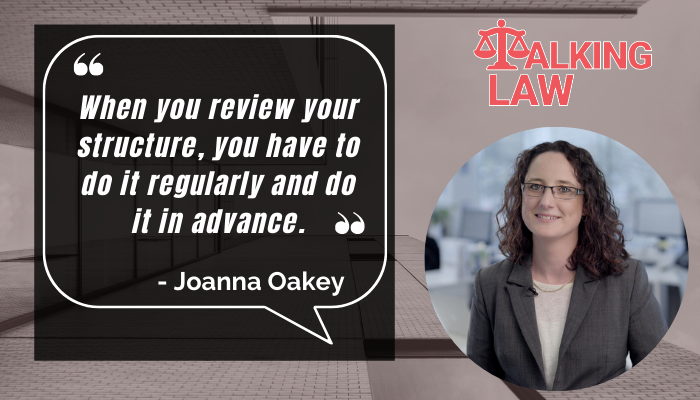
Stephen: Had that been thought about better in the planning process, there would have been other steps that could have been put in place, the debt might have been kept outside of the structure. at an individual level, we might have found a way to generate income sooner, can’t really deal with the depreciation that’s gonna that’s gonna sit where the assets sit. But thinking ahead would have helped solve that problem or alleviate it to a large degree.
Joanna: All right, so then moving on to investment structures. So what structures should we be thinking about when we’re looking at investment structures?
Stephen: So pretty my first preliminary comment is that it’s a really good principle of asset protection and risk management that you keep your investment When assets away from your business asset, so if you have a structure which you’ve used to, to run your business, and it’s typically the structure that has risk, then when it comes to owning investment assets, you’re trying to find a structure or an individual who’s not at risk, you wouldn’t put your new investment property inside the same structure that you used to run your business that would just be poor planning. Because if your business goes down, those assets are at risk. So what are the big options, self-managed super assets in your own name, or the in the name of a spouse or a family member who’s, you know, less risky position than you alternatively, an investment structure like a trust, whether it’s a unit trust or a discretionary trust, or even a corporate might be appropriate in some circumstances to act as your investment company,
Joanna: And one of the things I think I should make sure I throw in here because it can be confusing for people sometimes if we’re talking about say for example, You have a family trust that he’s holding shares within for a company that runs a business or a practice or holds a practice. We’re not talking here about there being an issue with that family trust that is simply holding the pure asset of the shares, then also being used to hold other assets. Right. What we’re particularly concerned about is not mixing the entities that have liability together without pure asset holding entities. I guess that’s the, you know, that’s sort of the distinction.
Stephen: Yeah, the risk exists within the structure that is carrying on the business, not at the level of the passive owner of that business.
Joanna: And you know, and that might seem obvious to us, but I think this is one of the things that I sometimes see not quite there not being full understanding of, so that’s just what why I thought I sort of pointed out there and I think it’s a good point in relation to when you’re talking about the personal name element. It’s a really good point because many people have this opportunity when they’re buying their own personal home or whatever, sometimes there it can be useful to have a bit of a reflection on who is it in our family that is holding risk. Sometimes it’s a good idea to make sure that that’s not the person who’s holding assets as well.
Stephen: Yeah, absolutely.
Joanna: Good. Okay. All right. So and what’s I guess, an example of, you know, some good models of investment structures that you’ve used, that you’ve seen work really well.
Stephen: So at a personal level, buying assets in in individuals names, can be useful to think about kind of, if they’re buying real estate assets, for example, looking at assets in different states to utilize the land tax thresholds that exist, looking at who owns the asset because you know, each person will get their kind of access to those kind of thresholds in terms of if you’re running your business or practice through a discretionary trust and you actually are generating surplus income which you want to invest, but you don’t want that income to have emerged from the family trust into an individual’s name where it’s taxed at a higher tax rate, it is possible to set up a company which becomes the beneficiary of that trust and move the money from the practice trust across to the corporate beneficiary only pay tax at the low company tax rate, and then invest some money inside the company.
Joanna: Fabulous. That’d be like a bucket company, our bucket company.
Stephen: There are disincentives to owning assets that grow in value inside companies. But you know, everything’s a trade-off in terms of text now versus text later.
Joanna: It’s about understanding that trade-off, obviously, isn’t it and taking the right advice. All right. And so then if we’re talking about premises ownership, let’s just have a really quick look at this as well because that’s another common strategy for practice owners to purchase their own premises. Quite often in their self managed super funds, so maybe run us through some positives and negatives in in relation to premises ownership.
Stephen: Sure. So again, there’s a wide variety of options. Let’s just talk about the so there could be an individual names you could own your practice premises and scientists inside a separate family trust kept away from your practice, or part of the one that gets most people interested in the self-managed Superfund option and practice ownership inside a self-managed fund can have some real benefits. Obviously, the rental income will be taxed at the tax rate than superfans paying 15%.
The future capital gain on those premises will be a maximum of 10%, possibly zero depending on the level of assets and then where the person sits in terms of their pension position. There are some constraints if there’s going to be borrowing involved, then obviously you need to be working your way through the limited recourse borrowing arrangements that exist within super funds and the capacity of the fund to borrow itself. rental needs. To be at a market rate, one of the interesting things we see with multiple owners kind of so I’ve got a group of dentists who’ve, who are building new premises. And they want to their ideal is to own that premises inside their Superfund, but they don’t have enough money inside their super fund to fund the whole development. So there’s going to be some debt involved, it’s not going to work if a borrower within their super fund to buy their one-quarter share of the practice premises and do the build.
It’s just not the way the rules work. So a really good structure, in that case, is to have to set up a unit trust, which is the structure that goes out and borrows money and builds the new premises and the units in that unit trust around by their super funds. So the superfund only puts in a small proportion of the money the rest of it’s funded by debt, but ultimately what will happen is that the debt will be repaid over time and the superfund will end up with quite a valuable interest in a Unit Trust, which owns the premises, that’s a really short explanation of what is a complex structure and needs to be understood. But there are ways around the fact that your super fund may not have enough assets in it at the moment, funds your premises. So it shouldn’t just be ruled out, because I haven’t quite got to that point yet.
Joanna: Absolutely fabulous. Okay, well, that’s a really good tip. I like that one. Do you have any sort of general takeaways out of all of these that you think it’s important to leave our audience with?
Stephen: When your accountant talks to you about structures, don’t let your eyes glaze over. It is important. What’s important is to understand what the future holds for you. And whether you’re both business and investment structures are kind of future proof whether they’re flexible enough to cover what are the most likely options that you’re going to see in the near medium to long term horizon. And do it regularly.
Joanna: Do it regularly and plan it in advance. Absolutely, I think really, really salient points there, Stephen. So, Stephen, if any of our listeners have a burning desire now to go and do that review of their structure, how can they find you?
Stephen: Prosperity Advisers, website or Prosperity Health, there you will find my picture and a link to me an email address more than happy to have an initial discussion quite often what we do is we will do an initial review and see if we can add some value and point out some problems and work out some solutions.
Joanna: Absolutely fabulous and have no fear if you are driving along on your way to or from your practice, or indeed, if you’re lucky enough to be running along on the beach while you’re listening to this, don’t worry, we’ve got Stephen’s details in our show notes and on our website was Stephen. I just want to say a very big thank you for coming on to Talking Law today. It’s been great. I hope our audiences are haven’t glazed over. I think we’ve kept it interesting. Its hard structuring isn’t necessarily the most interesting topic. And yet, it’s so, so important.
Stephen: Thank you very much for having me.
Joanna: Well, that’s it for our two-part series all about the top tips in business structuring for dentists and medical professionals with Stephen Guthrie from Prosperity Advisers. I hope you really enjoyed this two part series. Maybe enjoy is too strong a word for when we’re talking about structures that I hope at least that you found that illuminating. If you’d like more information about this topic, then head over to our show notes where we link straight through to Stephen Guthrie at Prosperity Advisers, or head over to our website at talkinglaw.com.au and through that website, you’ll be able to download a transcript of this podcast episode if you would just love to read it in more detail and of course, on our way sight, you’ll also find details of how to contact our legal eagles at Aspect Legal if you or any of your clients would like help with any of the items that we covered today or indeed if you have a business or a practice that is looking at an exit at some point in the future or if they are looking at acquisition for growth and we can help guide you through these processes in the right way. Now finally, if you enjoyed what you heard, I’d be ever so grateful if you could hit the subscribe button and why don’t you consider perhaps leaving us a review on your favourite podcast player? Well, that’s it and thanks again for listening in. You’ve been listening to Joanna Oakey and Talking Law, a podcast proudly brought to you by commercial legal practice Aspect Legal See you next time.
Our General Legal Services
Are you looking for a top quality legal team to assist you in your organisation?
Aspect Legal is an innovative commercial legal practice that specialises in providing fast and professional services for their clients. Our commercial legal services cover a wide spectrum of disciplines – contract law, dispute resolution, business sales and acquisitions, brand protection and IP.
We work with clients both large and small, and we’re all about helping you grow while protecting you from the unexpected storms of business. If you’d like to chat about how we might be able to assist you, simply head over to our website at aspectlegal.com.au to book in time for a free discussion with one of our lawyers. So get in touch today!
Disclaimer: The material contained on this website is provided for general information purposes only and does not constitute legal advice. You should not depend upon any information appearing on this website without seeking legal advice. We do not guarantee that the contents of this website will be accurate, complete or up-to-date. Liability limited by a scheme approved under Professional Standards Legislation.






